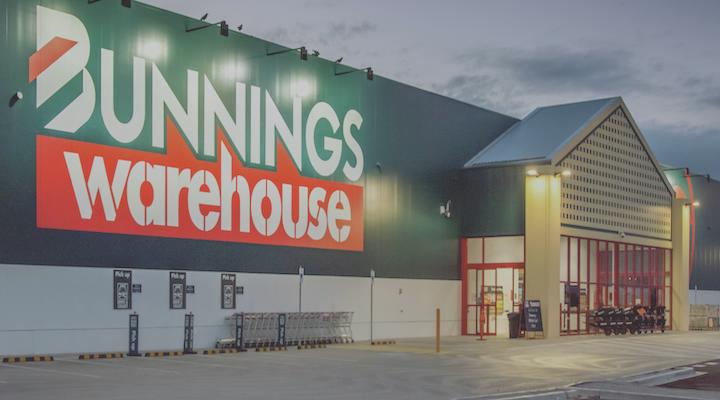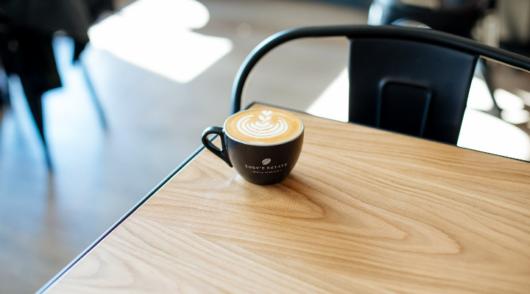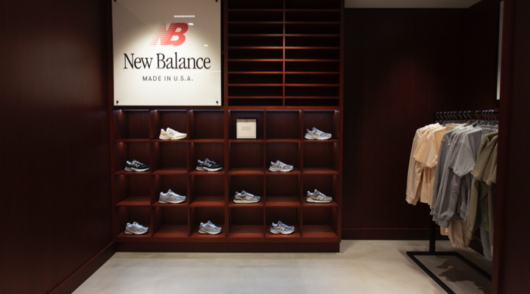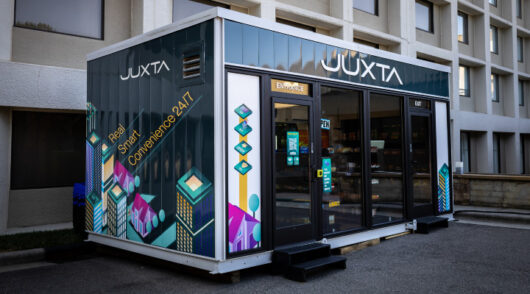Bunnings has printed its last-ever catalogue after the hardware titan axed the glossy bright paper in favour of an entirely digital marketing mix, as the last vestiges from the print era continue to crumble in an increasingly pixelated consumer market.
In July, Bunnings management flagged to hardware, gardening and tool suppliers that it had been rethinking its marketing mix — last week, merchandise director Jen Tucker confirmed the print catalogue as we know it was no more.
“Following this review, we’ve decided to move to a fully digital version of the catalogue in both Australia and New Zealand, which will kick off with a Christmas gift guide special ahead of the festive season,” Tucker reportedly wrote in a letter to suppliers.
“We are excited to be moving to this digital-only format which gives us the ability to reach more customers, provides an easier platform for customers to transact and can be evolved to meet the changing needs of our customers.”
“The new format will also allow us to amplify and promote our catalogue in mediums where our customers increasingly spend time, including on social media and online as part of our digital advertising.”
Bunnings director of marketing Phil Wade tells SmartCompany the free Bunnings magazine – the third-best read magazine in Australia, he notes – will fill the big shoes of the late Bunnings print catalogue.
“We know more of our customers are choosing to seek project inspiration and product information online. As such, we recently reviewed our printed catalogue and, like many retailers, have now made the decision to move to a digital-only version,” Wade said.
“This allows us to share our catalogue directly in the places our customers are increasingly spending their time, including on social media and in conjunction with our digital advertising.”
This year Bunnings has embraced influencer marketing to snag gen Z shoppers, with 350,000 followers on Instagram mostly being fed content from lifestyle influencers recruited to style and re-purpose goods sold in the big box store.
The death of the Bunnings catalogue follows a similar move from Ikea, which published its last catalogue in 2021 after 70 years of showcasing the Swedish giant’s flatpack furniture and home decor in print.
Ikea encourages consumers to “smart tips, new ways of thinking, new perspectives, new habits, new ideas, new solutions, plus small affordable and sustainable shifts” using the website or Ikea app instead.
Supermarket giant Coles also axed its weekly print catalogue during the pandemic, saying customers were better served online.
But have some brands been too quick to declare the catalogue a dated relic of a bygone era? In 2020 – one month before the pandemic was declared – Jonathan Z Zhang wrote for Harvard Business Review that the catalogue remained an extremely influential form of marketing in the digital era.
He cited US brands including Nordstrom, Patagonia, Crate and Barrel, Restoration Hardware, Wayfair, Bonobos, Birchbox, and Amazon among those investing in physical catalogues. Notably, several don’t even have a brick-and-mortar shopfront, Zhang says.
“As physical products, [catalogues] can linger in consumers’ houses long after emails are deleted, which increases top-of-mind awareness among consumers,” he continued.
“For e-commerce retailers, especially those in hedonic categories who do not have or do not want physical stores, well-designed catalogue campaigns allow them to make the product presentation more vivid, tactile, and memorable.”
To test his theory, Zhang partnered with a luxury watches and jewellery e-commerce retailer that did not have a shopfront, launching a bi-monthly catalogue with high-quality photography and printing.
Zhang found the group of consumers who were sent both a weekly marketing email and a catalogue went on to spend 15 per cent more and enquired 27 per cent more than the group of consumers who only received the marketing email.
- The story was originally published on Smart Company.






